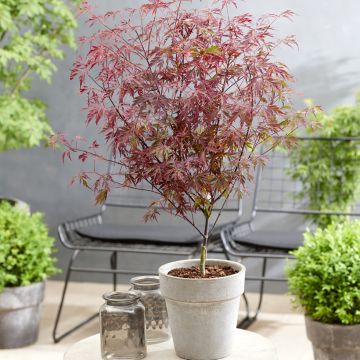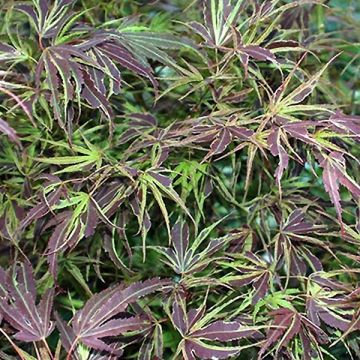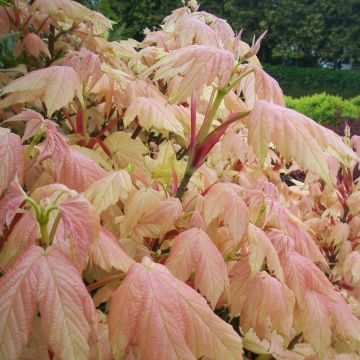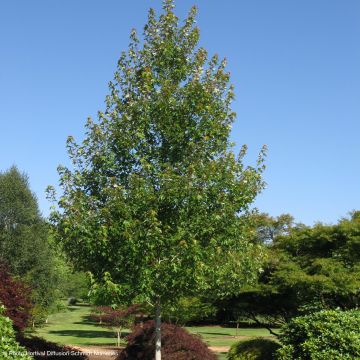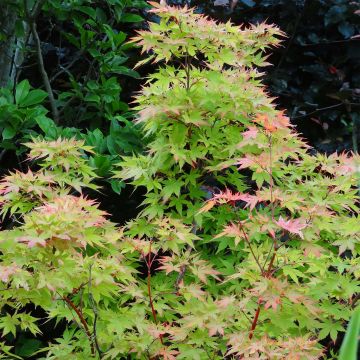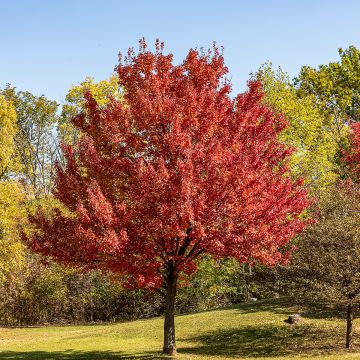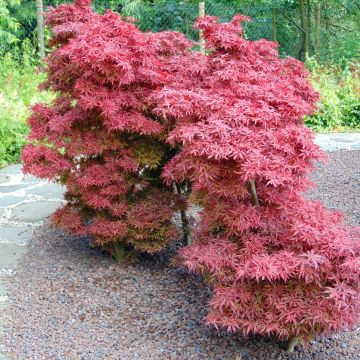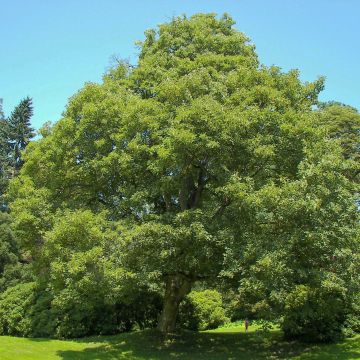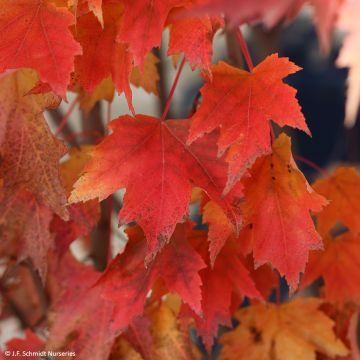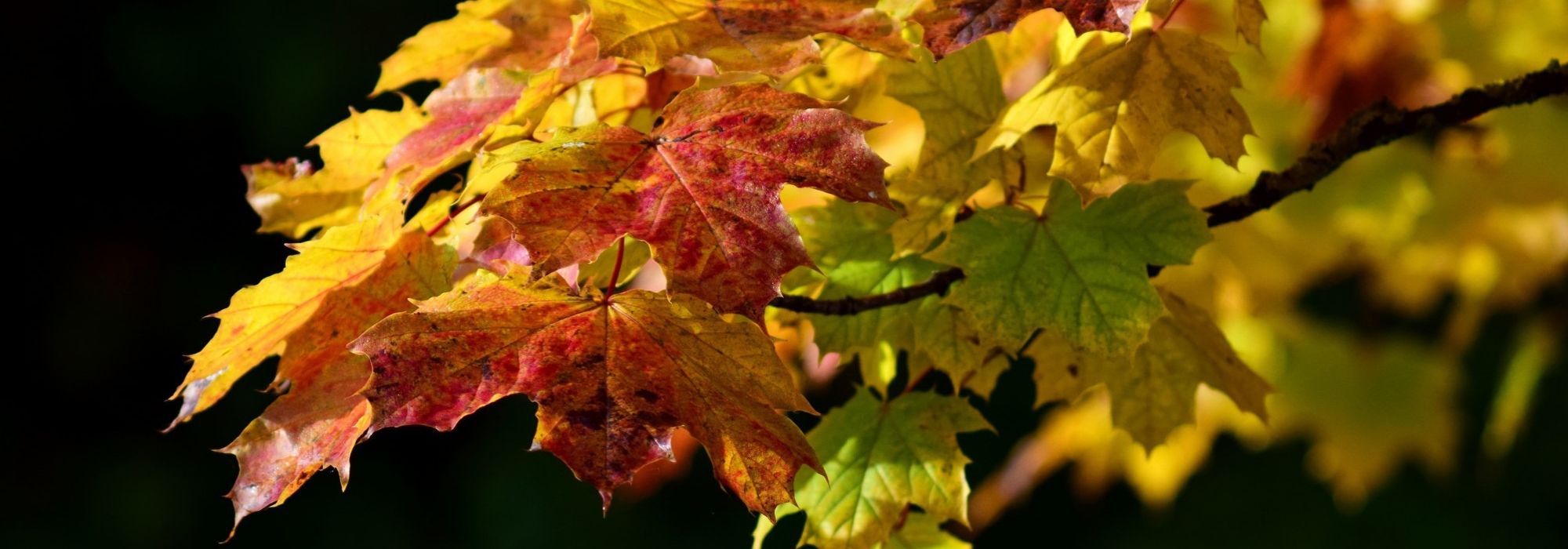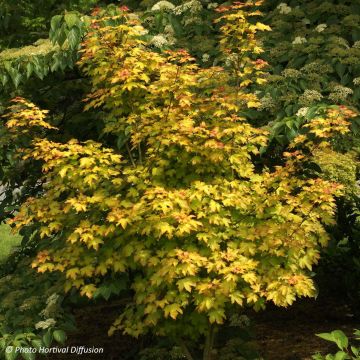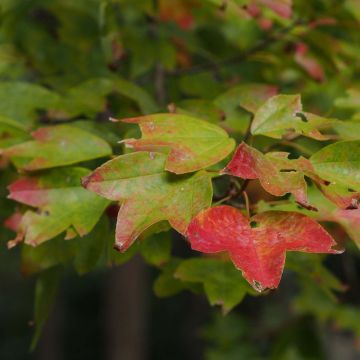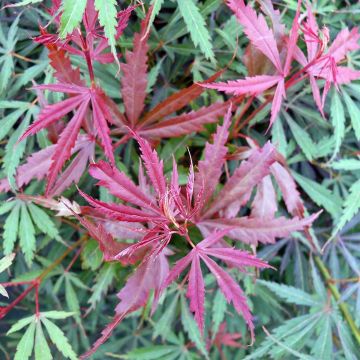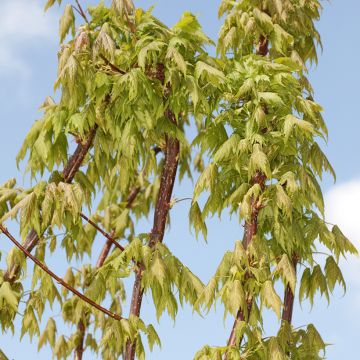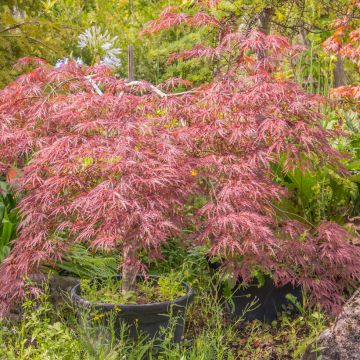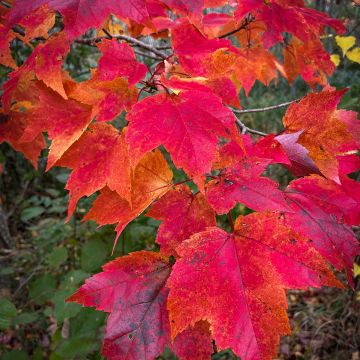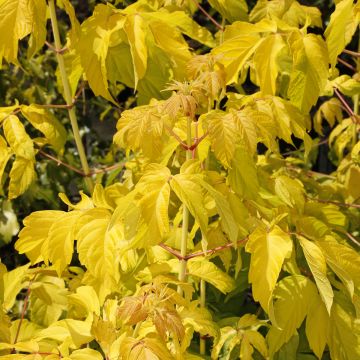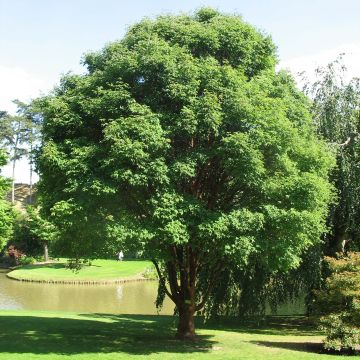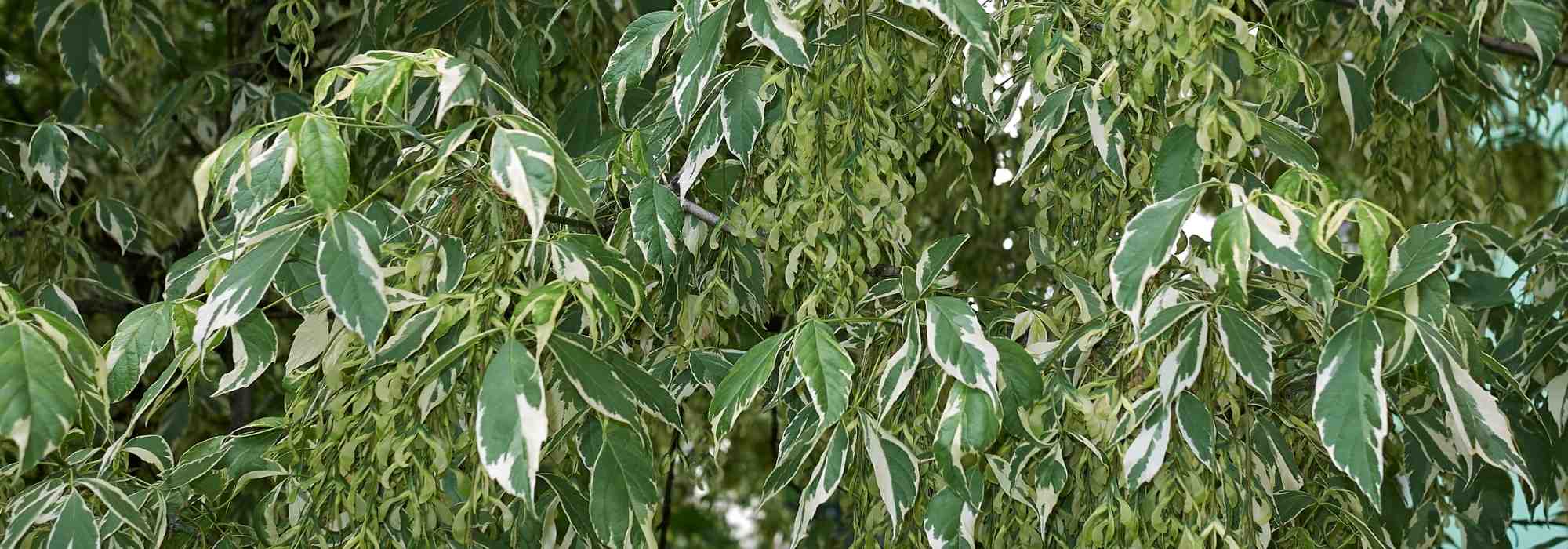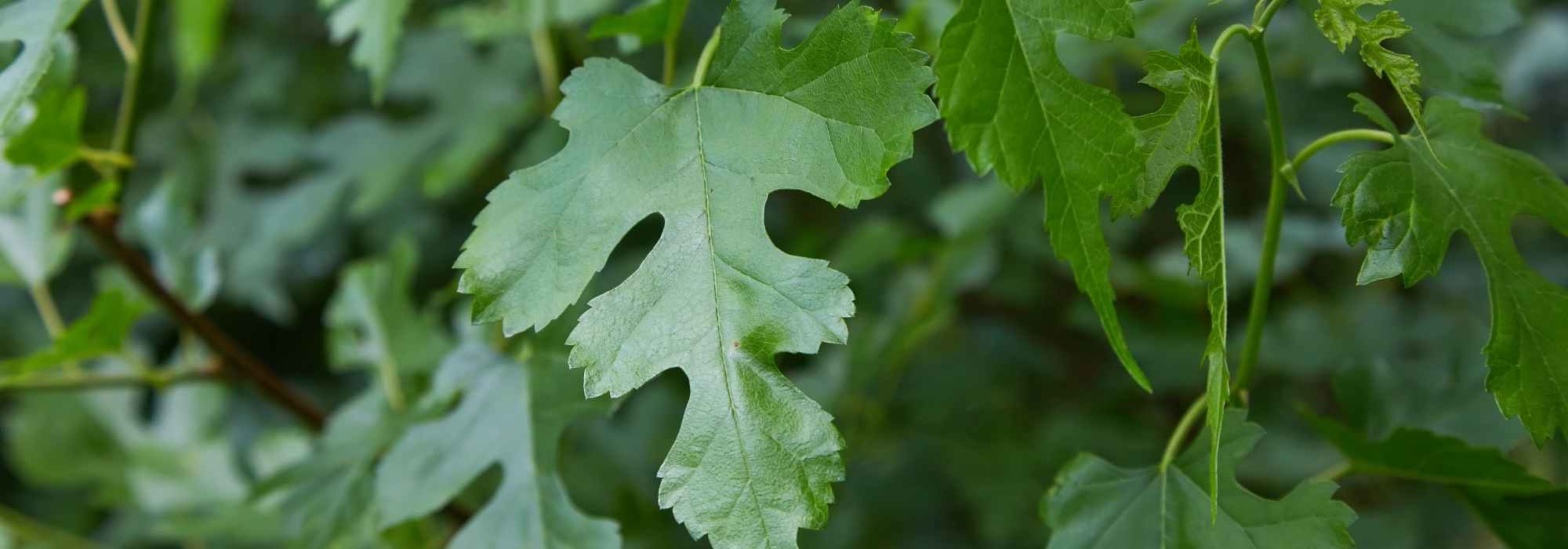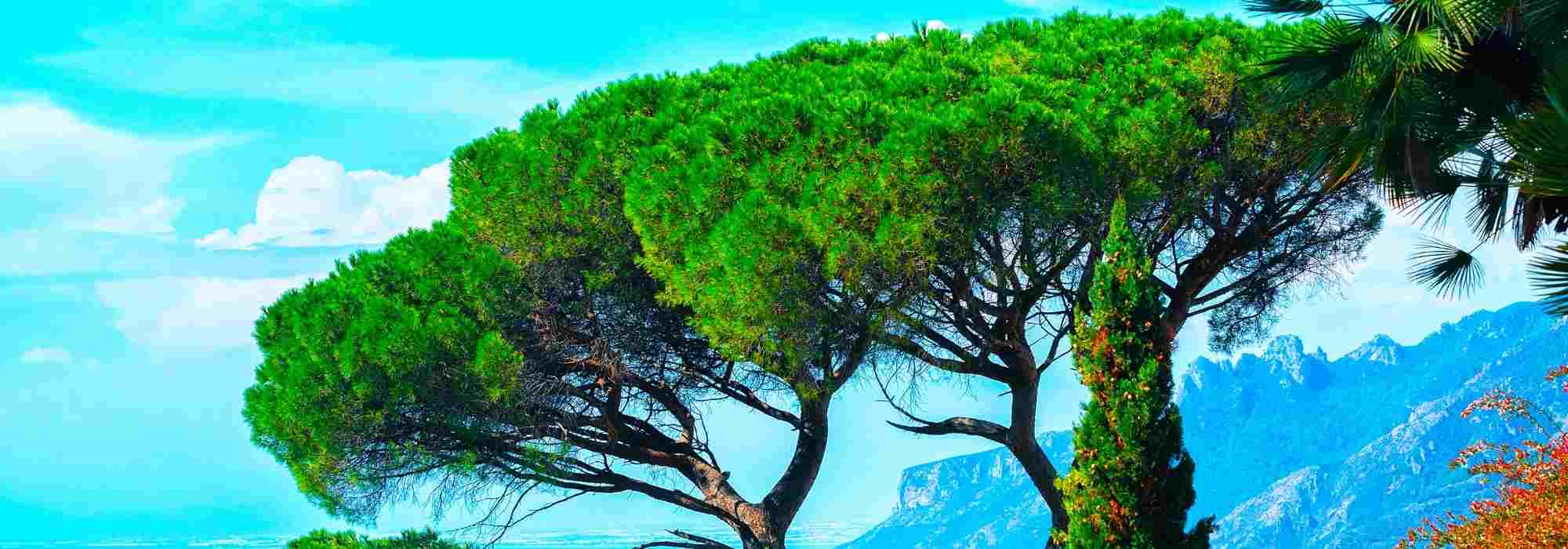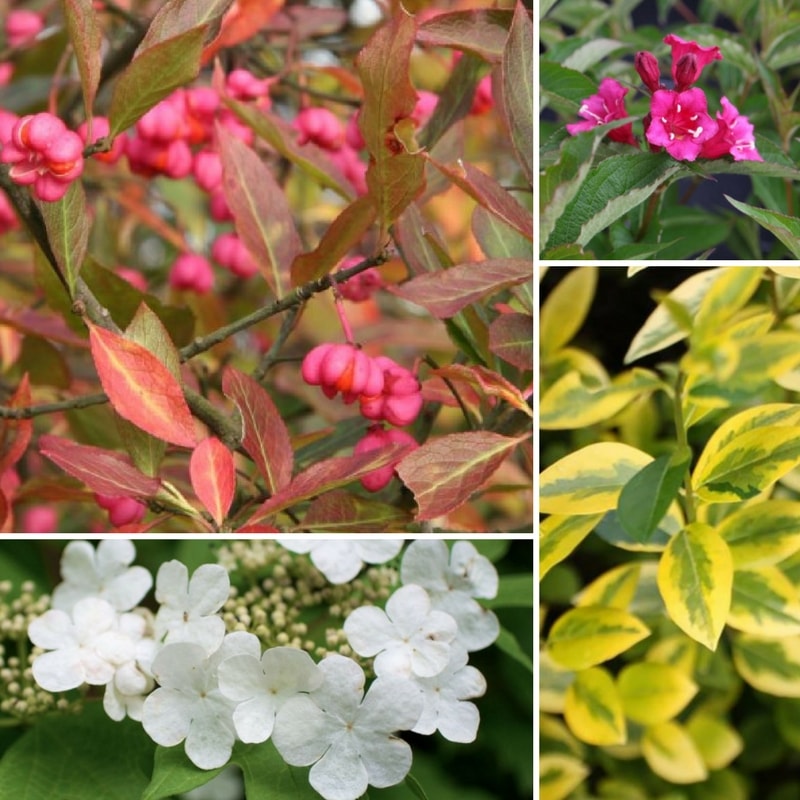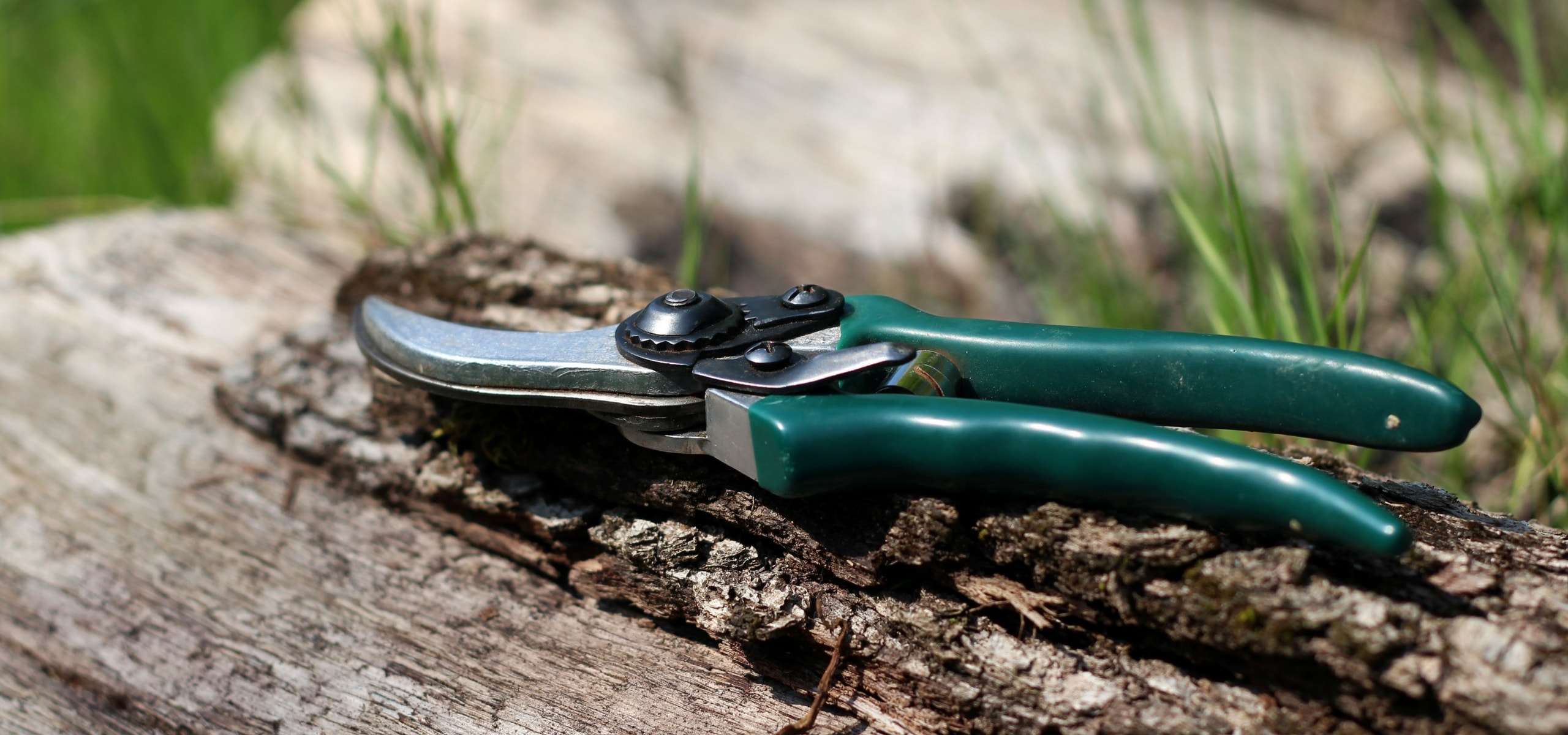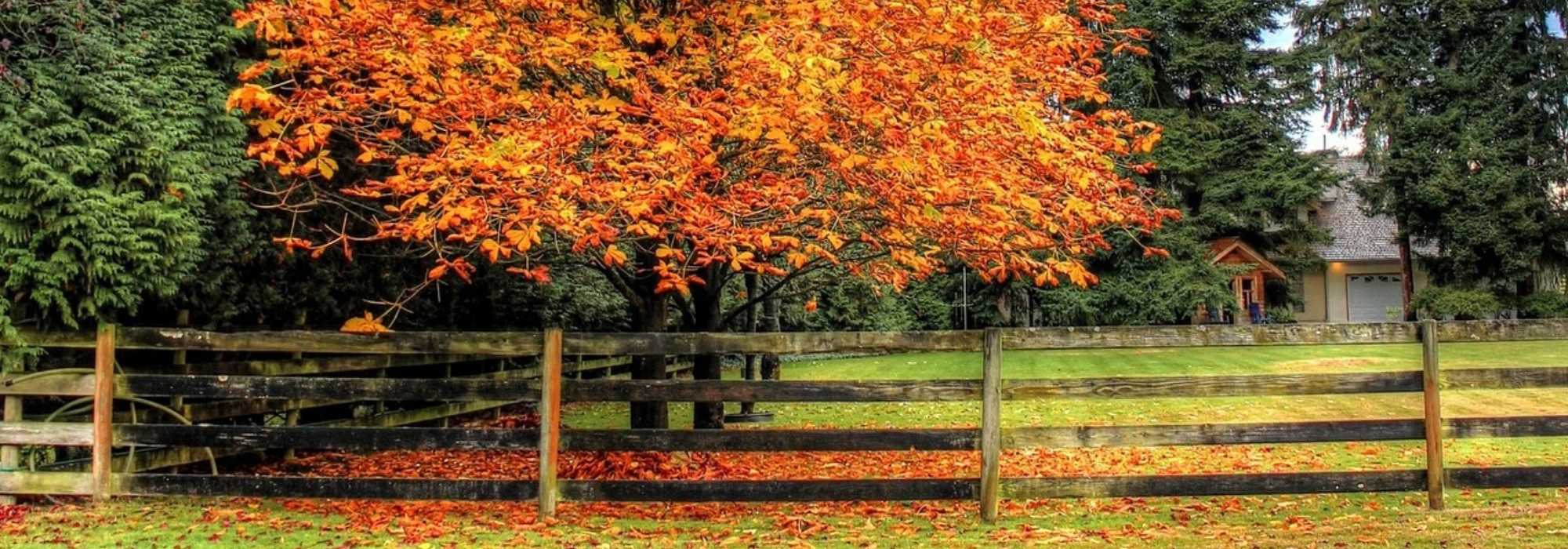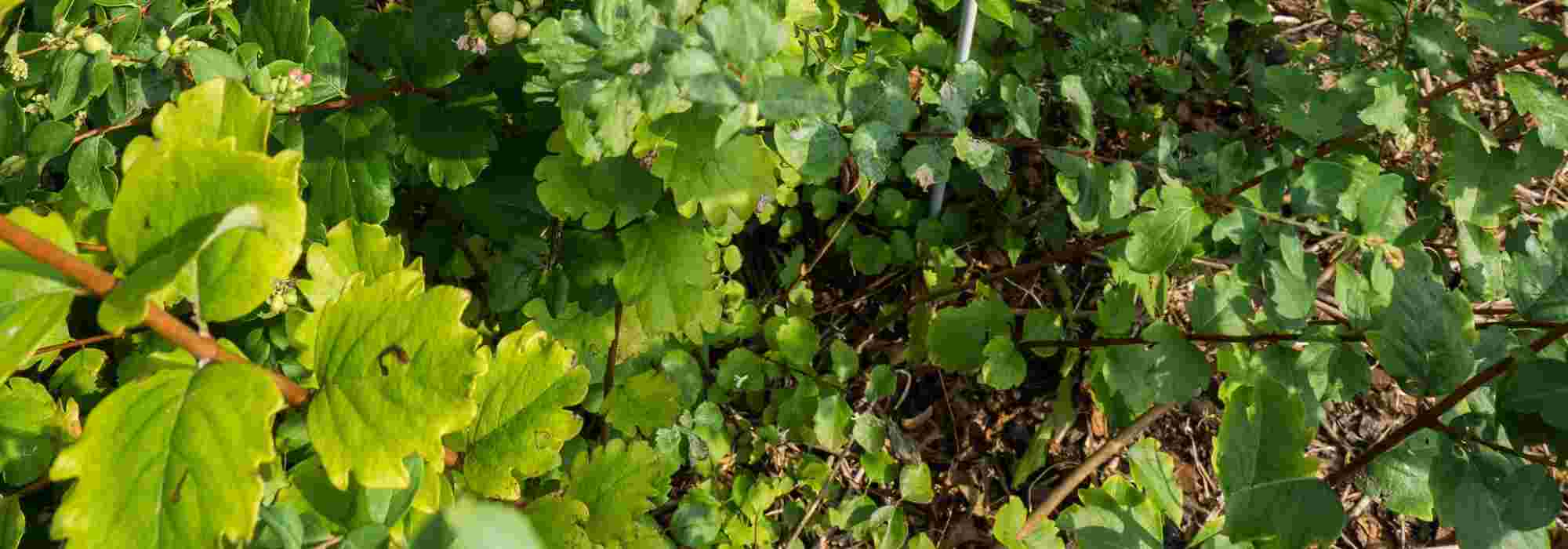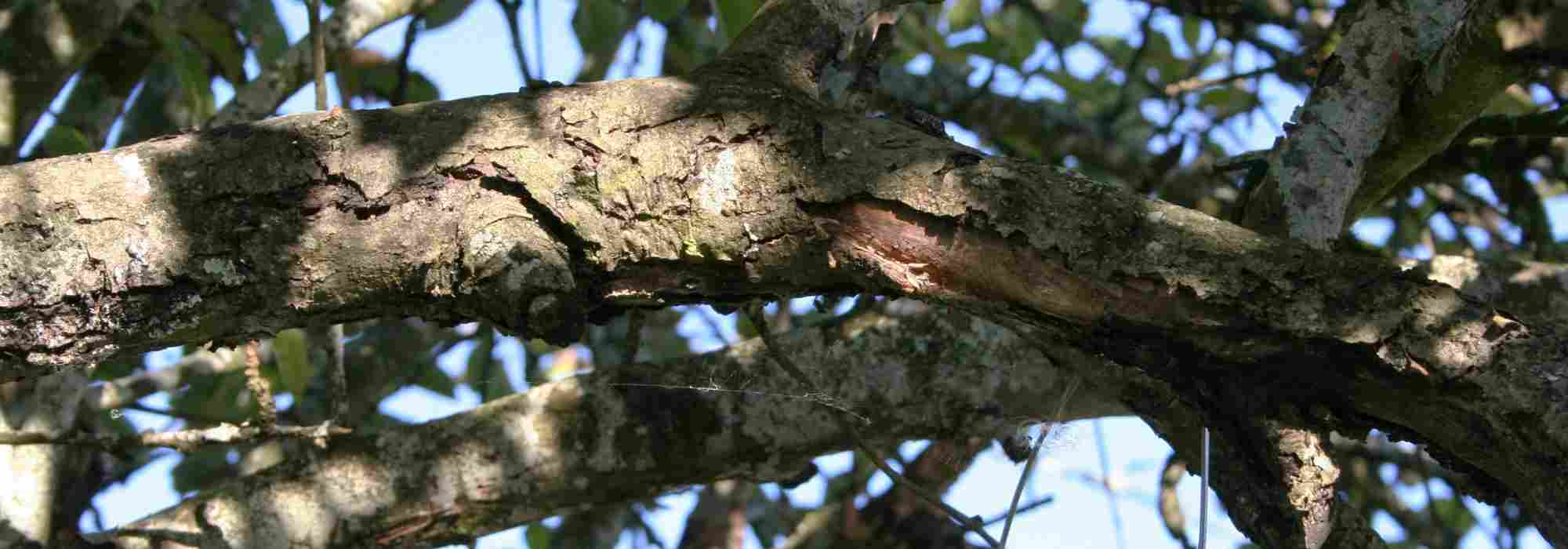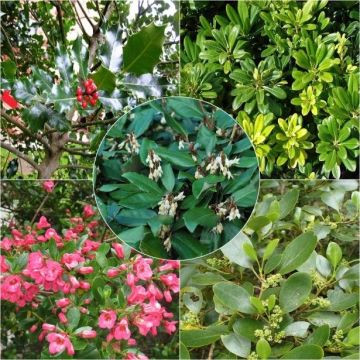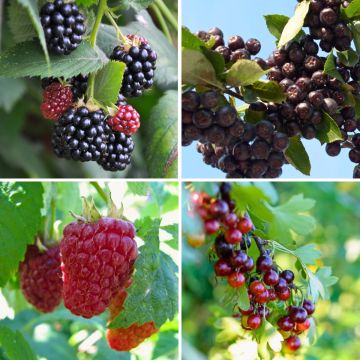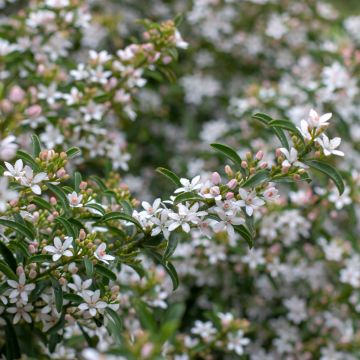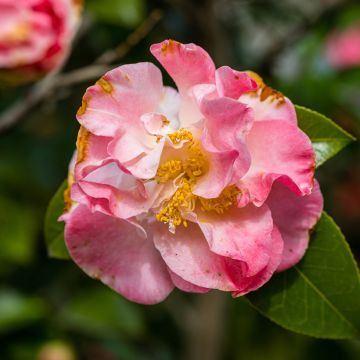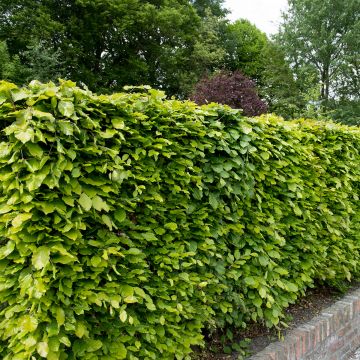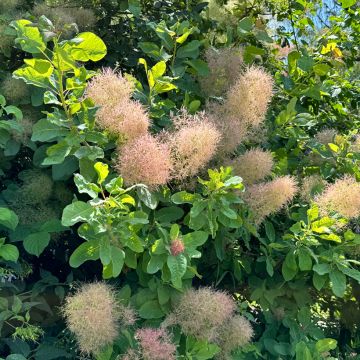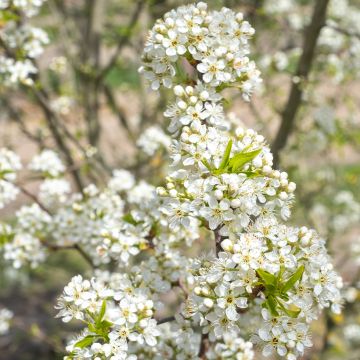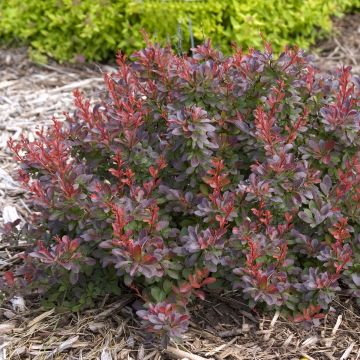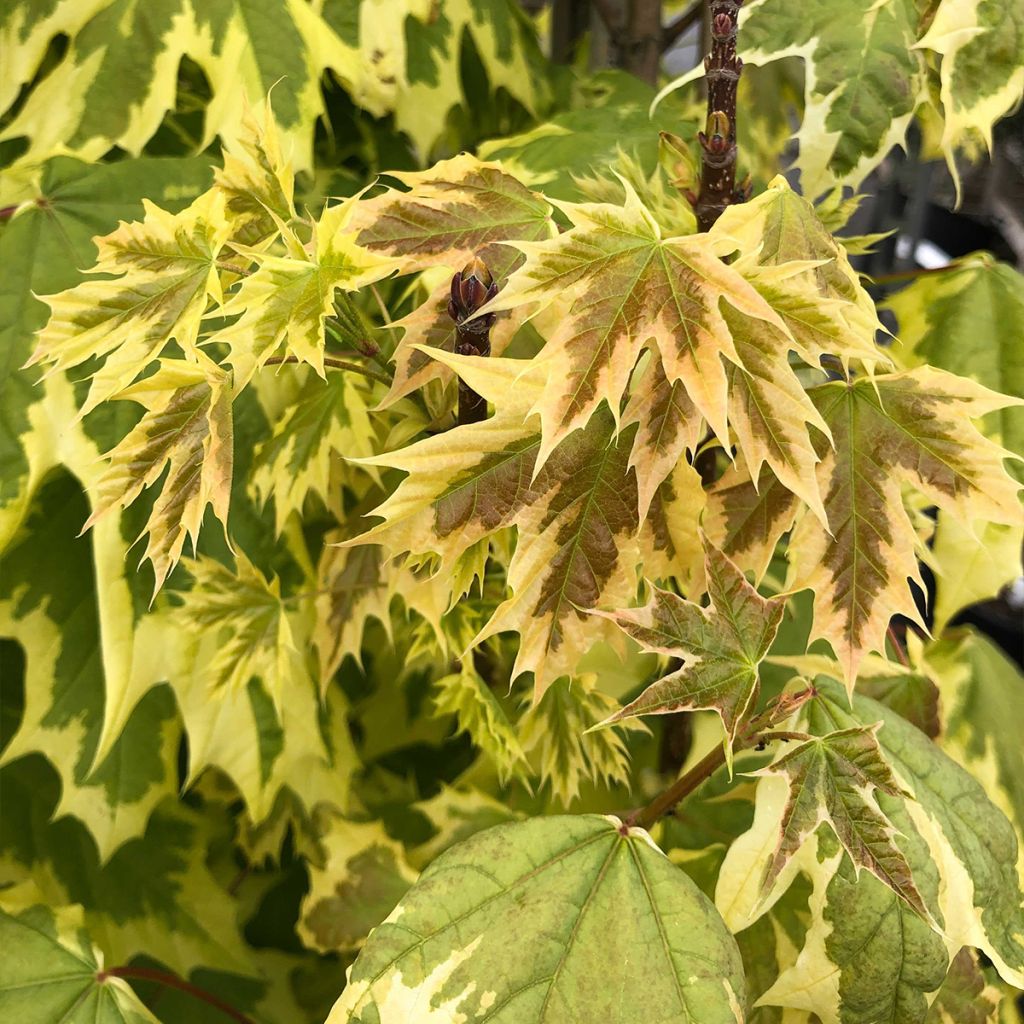

Acer platanoides Drummondii - Maple
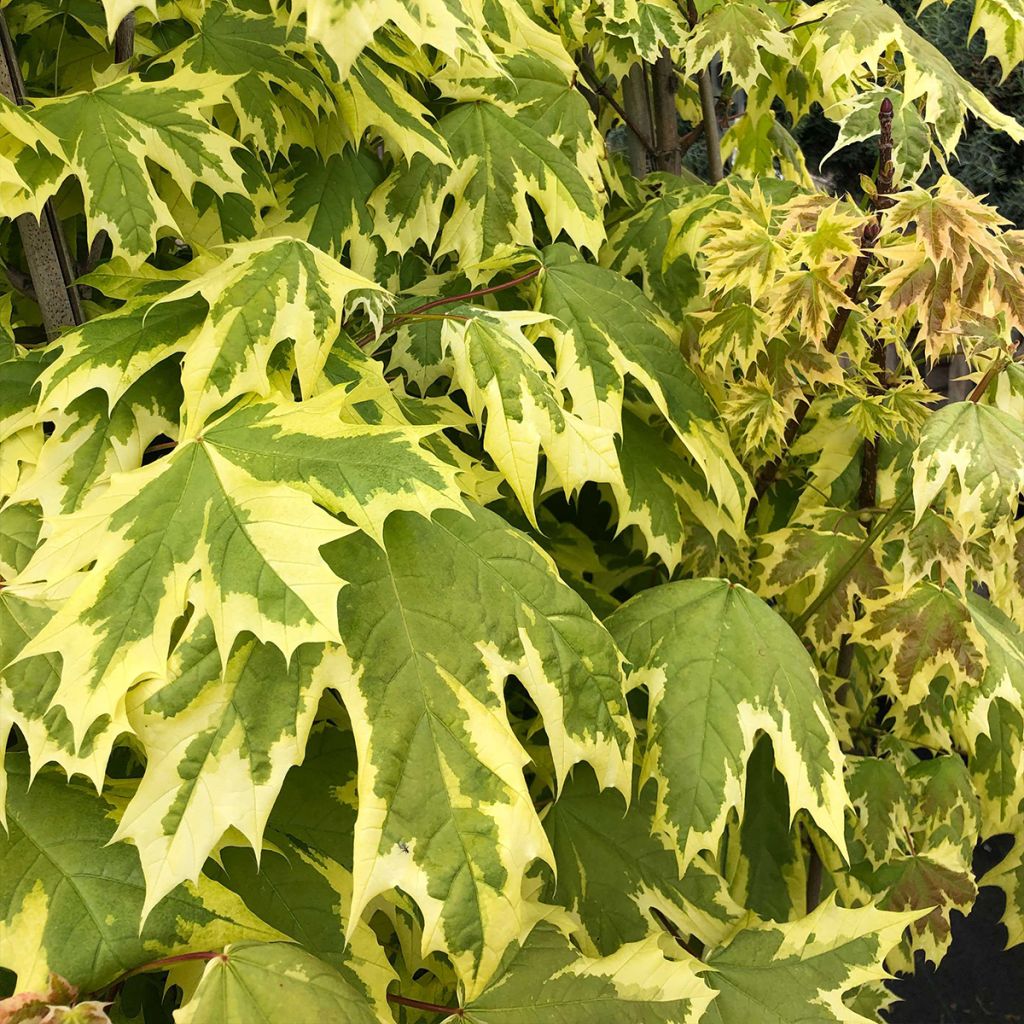

Acer platanoides Drummondii - Maple
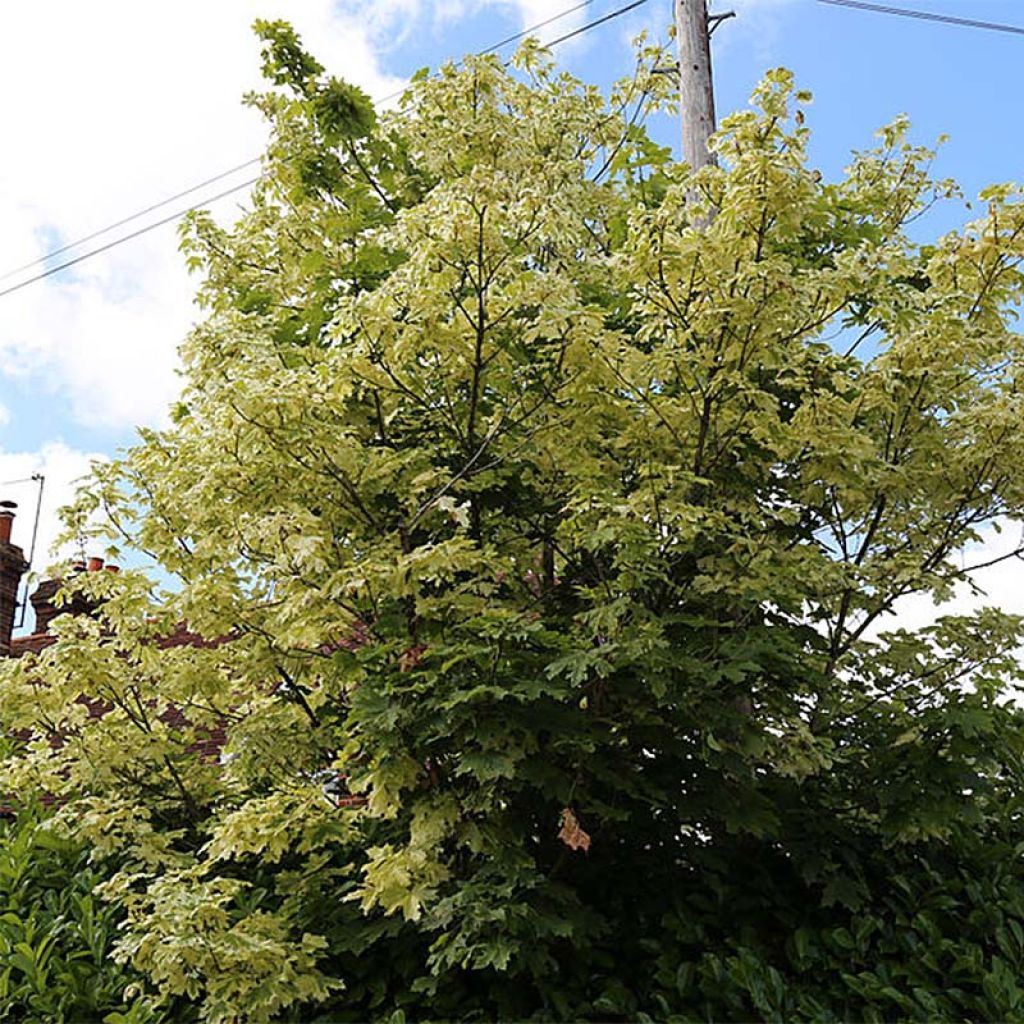

Acer platanoides Drummondii - Maple
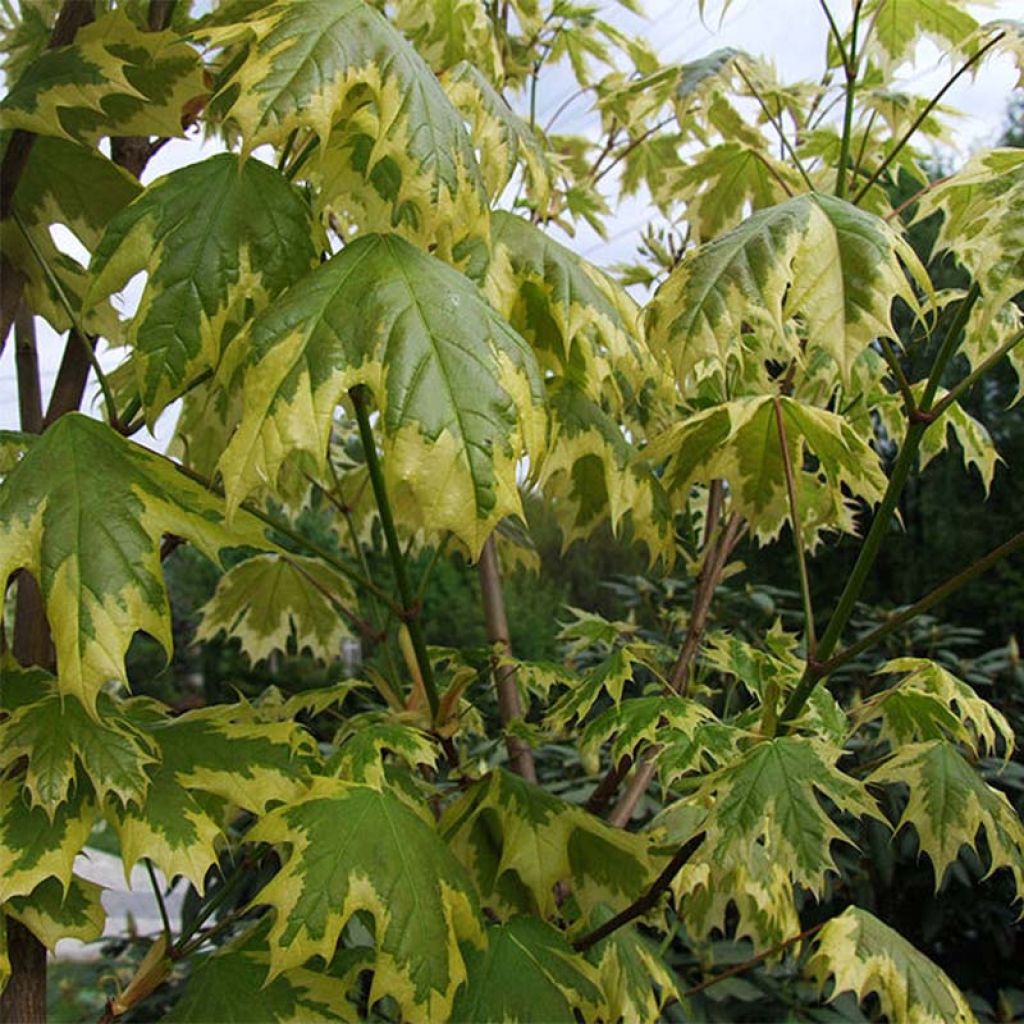

Acer platanoides Drummondii - Maple
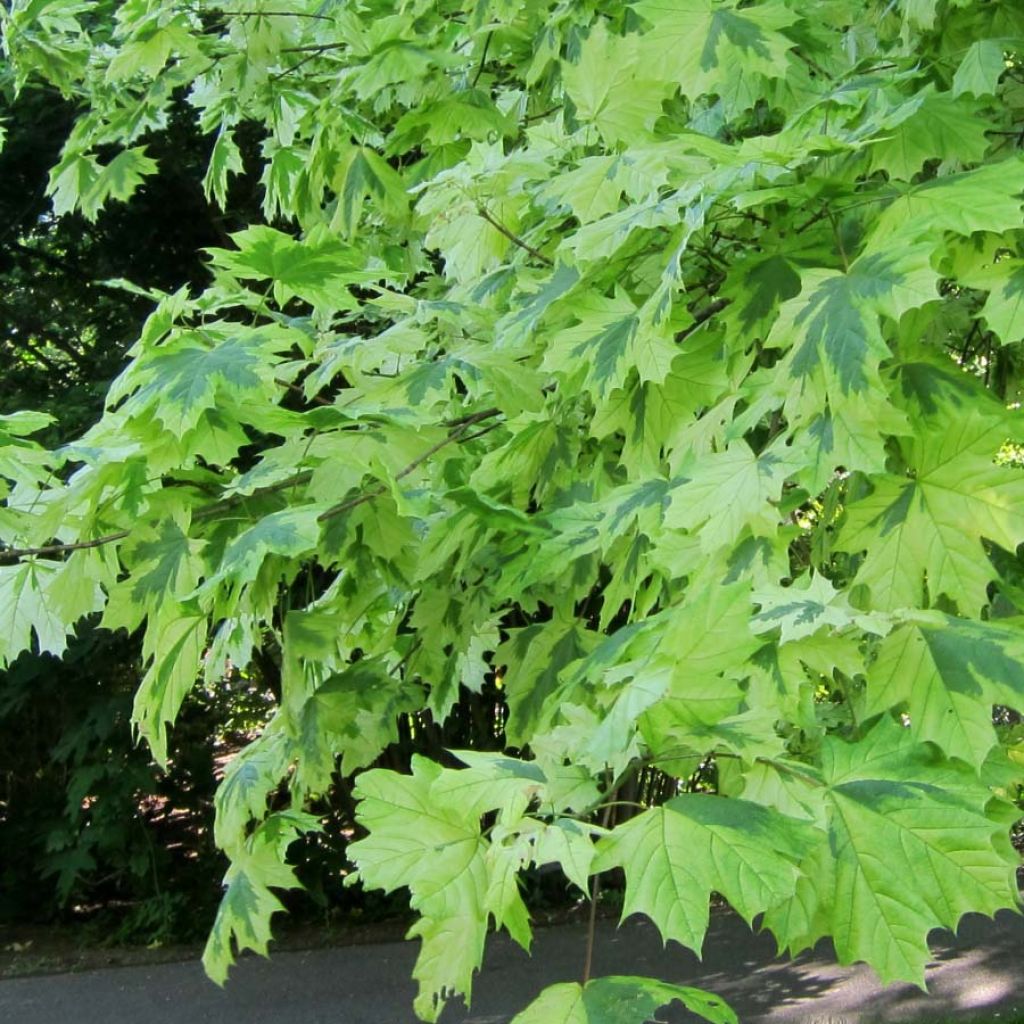

Acer platanoides Drummondii - Maple
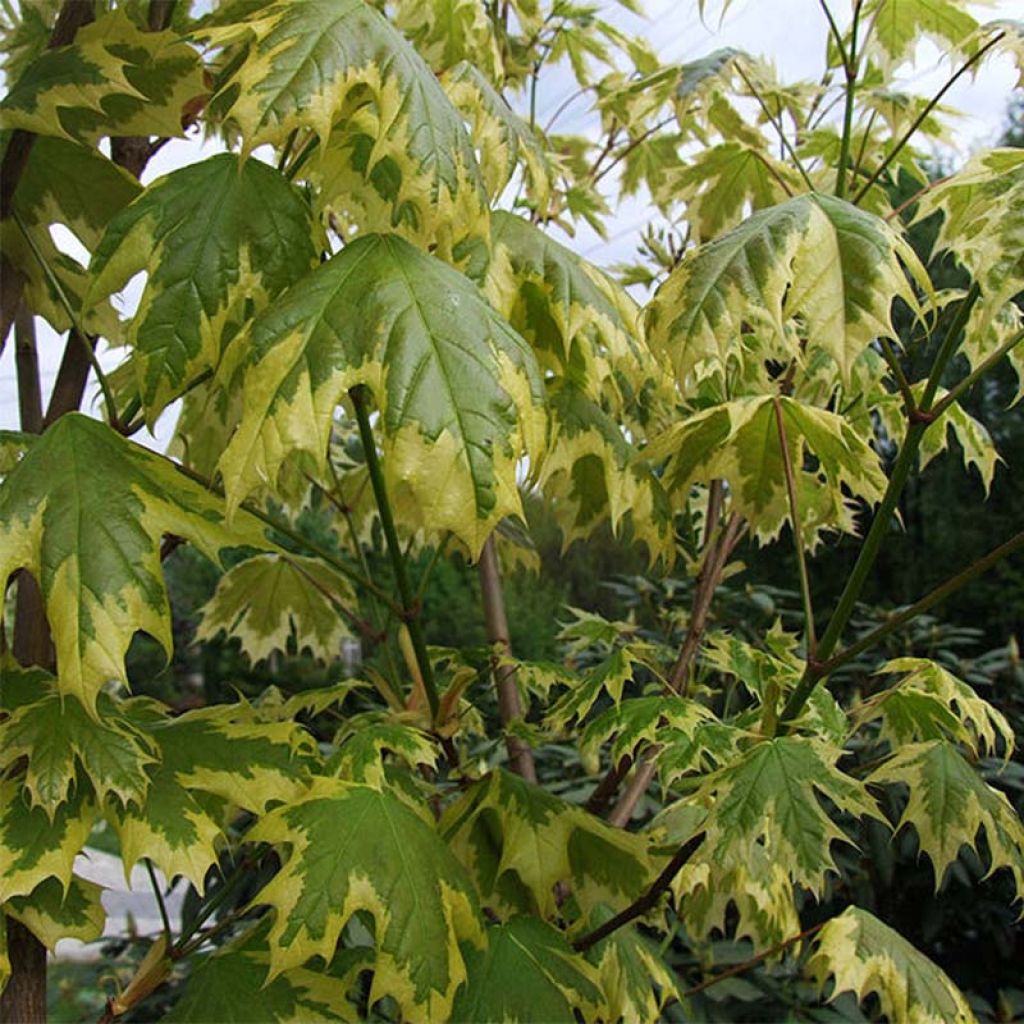

Acer platanoides Drummondii - Maple
Acer platanoides Drummondii - Maple
Acer platanoides Drummondii
Norway Maple, European Maple
What a lovely surprise upon opening the box. We received a beautiful and large specimen. We are delighted with the new tree.
Veronique , 02/10/2021
Special offer!
Receive a €20 voucher for any order over €90 (excluding delivery costs, credit notes, and plastic-free options)!
1- Add your favorite plants to your cart.
2- Once you have reached €90, confirm your order (you can even choose the delivery date!).
3- As soon as your order is shipped, you will receive an email containing your voucher code, valid for 3 months (90 days).
Your voucher is unique and can only be used once, for any order with a minimum value of €20, excluding delivery costs.
Can be combined with other current offers, non-divisible and non-refundable.
Why not try an alternative variety in stock?
View all →This plant carries a 24 months recovery warranty
More information
We guarantee the quality of our plants for a full growing cycle, and will replace at our expense any plant that fails to recover under normal climatic and planting conditions.

Would this plant suit my garden?
Set up your Plantfit profile →
Description
Acer platanoides 'Drummondii' is a stunning variegated variety of the Norway Maple. With its beautiful green leaves widely edged with cream-white, this large tree with a bright pyramidal crown stands out from the others in a grove or at the edge of the garden. Often used as a solitary tree or to line a street. It is not demanding in terms of soil, as long as it is deep enough to accommodate its powerful root system. Plant it in a sunny location to enhance the variegation of the foliage.
Native to the Caucasus and widespread in Europe from Scandinavia to Spain and east to Russia, Acer platanoides is a large deciduous tree with rapid growth often associated with oak, lime, and elm in high-altitude forests. It can live up to 200 years.
'Drummondii' was selected in Germany in the 1910s. It stands out from the species by a slightly smaller development and slower growth. At maturity, this single-trunk tree with a wide pyramid-shaped crown will reach 15 m (49.2 ft) in height and 8 m (26.2 ft) in width. Its foliage is deciduous, with opposite, palmate leaves measuring 10 cm to 20 cm (3.9 in to 7.9 in) long, with 5 very pointed, dentate lobes. These leaves are tinged with pink when they emerge. The lamina then turns a bright green, more or less widely edged with cream-white. These leaves, borne on long petioles, are glabrous and have a glossy texture. They turn a beautiful yellow to coppery colour in autumn. Discreet flowering, in the form of upright corymbs of tiny yellow-green flowers, takes place before the leaves emerge, in March, on plants aged 15 to 20 years. It is followed, in June, by winged fruits 3 cm to 5 cm (1.2 in to 2 in) long, called samaras. The bark of this tree is brown and marked with numerous shallow longitudinal cracks.
Acer platanoides 'Drummondii' is an easy-to-grow tree, magnificent as a solitary specimen in the middle of a park, for example. It is often used to border large avenues. It can be planted in a grove with its purple-leaf counterpart, the 'Crimson King' Norway Maple, Purple Beech, or 'Forest Pansy' Redbud, for example.
Acer platanoides Drummondii - Maple in pictures
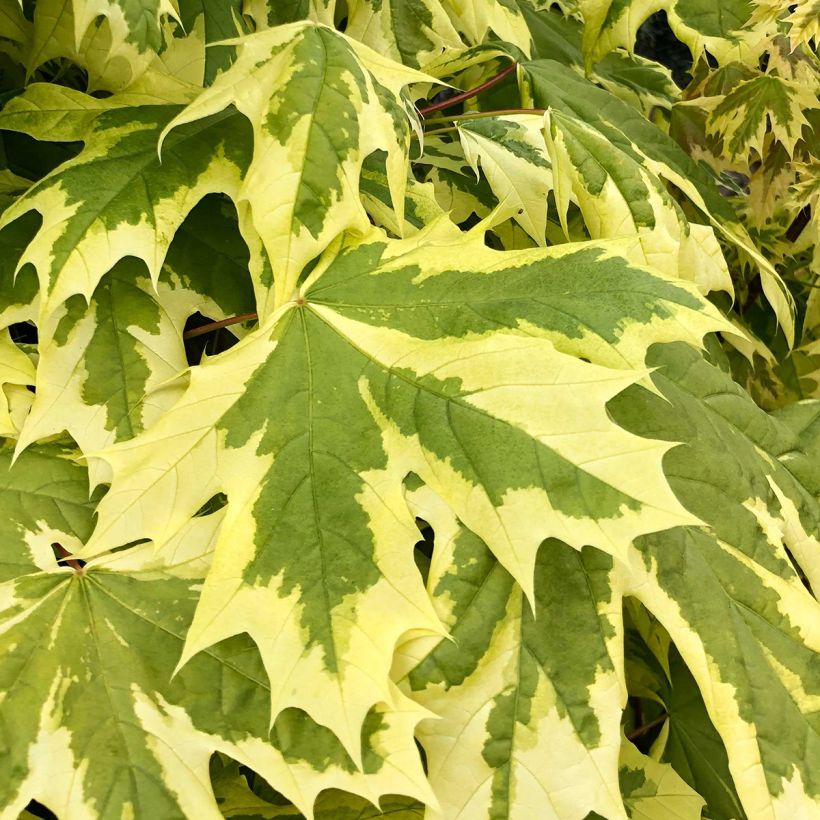

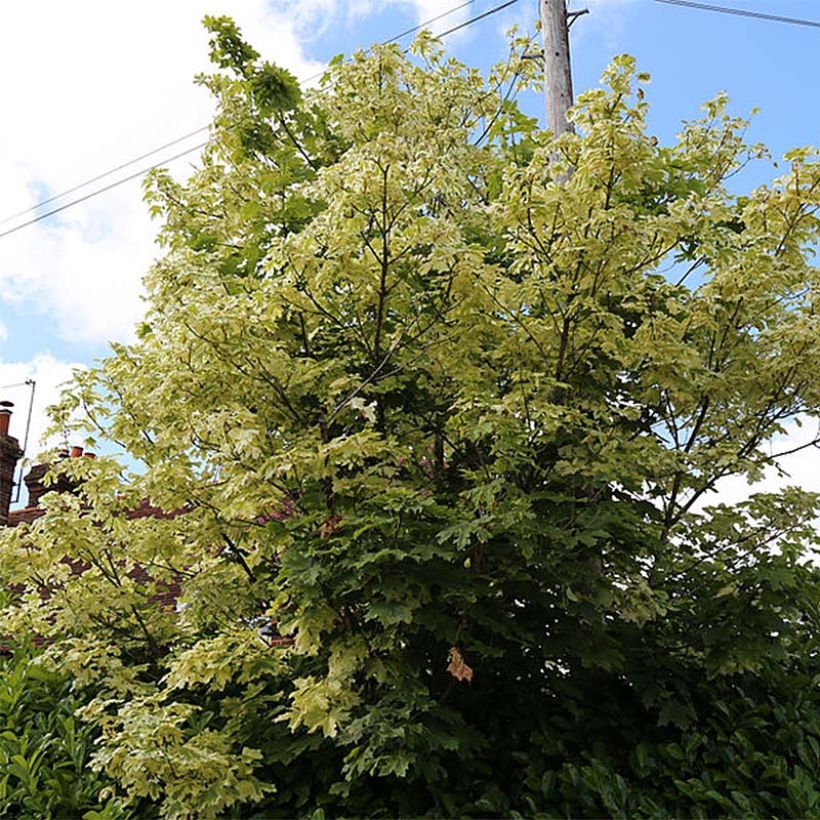

Plant habit
Flowering
Foliage
Botanical data
Acer
platanoides
Drummondii
Aceraceae
Norway Maple, European Maple
Cultivar or hybrid
Other Acer - Maple tree
View all →Planting and care
Plant in spring or autumn in all fertile, deep and fresh soils in a sunny but not scorching position, or in partial shade. It tolerates the presence of limestone in the soil, but requires a deep enough soil to accommodate its powerful root system. Beware of strong winds. Keep the soil moist during the first two summers following planting. Mulching can be beneficial to maintain good soil moisture. Training pruning is necessary for young plants, and then every 3 years to balance the branches and maintain a uniform habit. Do not prune after December as sap rises very early. Remove branches that bear non-variegated leaves.
Planting period
Intended location
Care
Planting & care advice
-
, onOrder confirmed
Reply from on Promesse de fleurs
Similar products
Haven't found what you were looking for?
Hardiness is the lowest winter temperature a plant can endure without suffering serious damage or even dying. However, hardiness is affected by location (a sheltered area, such as a patio), protection (winter cover) and soil type (hardiness is improved by well-drained soil).

Photo Sharing Terms & Conditions
In order to encourage gardeners to interact and share their experiences, Promesse de fleurs offers various media enabling content to be uploaded onto its Site - in particular via the ‘Photo sharing’ module.
The User agrees to refrain from:
- Posting any content that is illegal, prejudicial, insulting, racist, inciteful to hatred, revisionist, contrary to public decency, that infringes on privacy or on the privacy rights of third parties, in particular the publicity rights of persons and goods, intellectual property rights, or the right to privacy.
- Submitting content on behalf of a third party;
- Impersonate the identity of a third party and/or publish any personal information about a third party;
In general, the User undertakes to refrain from any unethical behaviour.
All Content (in particular text, comments, files, images, photos, videos, creative works, etc.), which may be subject to property or intellectual property rights, image or other private rights, shall remain the property of the User, subject to the limited rights granted by the terms of the licence granted by Promesse de fleurs as stated below. Users are at liberty to publish or not to publish such Content on the Site, notably via the ‘Photo Sharing’ facility, and accept that this Content shall be made public and freely accessible, notably on the Internet.
Users further acknowledge, undertake to have ,and guarantee that they hold all necessary rights and permissions to publish such material on the Site, in particular with regard to the legislation in force pertaining to any privacy, property, intellectual property, image, or contractual rights, or rights of any other nature. By publishing such Content on the Site, Users acknowledge accepting full liability as publishers of the Content within the meaning of the law, and grant Promesse de fleurs, free of charge, an inclusive, worldwide licence for the said Content for the entire duration of its publication, including all reproduction, representation, up/downloading, displaying, performing, transmission, and storage rights.
Users also grant permission for their name to be linked to the Content and accept that this link may not always be made available.
By engaging in posting material, Users consent to their Content becoming automatically accessible on the Internet, in particular on other sites and/or blogs and/or web pages of the Promesse de fleurs site, including in particular social pages and the Promesse de fleurs catalogue.
Users may secure the removal of entrusted content free of charge by issuing a simple request via our contact form.
The flowering period indicated on our website applies to countries and regions located in USDA zone 8 (France, the United Kingdom, Ireland, the Netherlands, etc.)
It will vary according to where you live:
- In zones 9 to 10 (Italy, Spain, Greece, etc.), flowering will occur about 2 to 4 weeks earlier.
- In zones 6 to 7 (Germany, Poland, Slovenia, and lower mountainous regions), flowering will be delayed by 2 to 3 weeks.
- In zone 5 (Central Europe, Scandinavia), blooming will be delayed by 3 to 5 weeks.
In temperate climates, pruning of spring-flowering shrubs (forsythia, spireas, etc.) should be done just after flowering.
Pruning of summer-flowering shrubs (Indian Lilac, Perovskia, etc.) can be done in winter or spring.
In cold regions as well as with frost-sensitive plants, avoid pruning too early when severe frosts may still occur.
The planting period indicated on our website applies to countries and regions located in USDA zone 8 (France, United Kingdom, Ireland, Netherlands).
It will vary according to where you live:
- In Mediterranean zones (Marseille, Madrid, Milan, etc.), autumn and winter are the best planting periods.
- In continental zones (Strasbourg, Munich, Vienna, etc.), delay planting by 2 to 3 weeks in spring and bring it forward by 2 to 4 weeks in autumn.
- In mountainous regions (the Alps, Pyrenees, Carpathians, etc.), it is best to plant in late spring (May-June) or late summer (August-September).
The harvesting period indicated on our website applies to countries and regions in USDA zone 8 (France, England, Ireland, the Netherlands).
In colder areas (Scandinavia, Poland, Austria...) fruit and vegetable harvests are likely to be delayed by 3-4 weeks.
In warmer areas (Italy, Spain, Greece, etc.), harvesting will probably take place earlier, depending on weather conditions.
The sowing periods indicated on our website apply to countries and regions within USDA Zone 8 (France, UK, Ireland, Netherlands).
In colder areas (Scandinavia, Poland, Austria...), delay any outdoor sowing by 3-4 weeks, or sow under glass.
In warmer climes (Italy, Spain, Greece, etc.), bring outdoor sowing forward by a few weeks.































